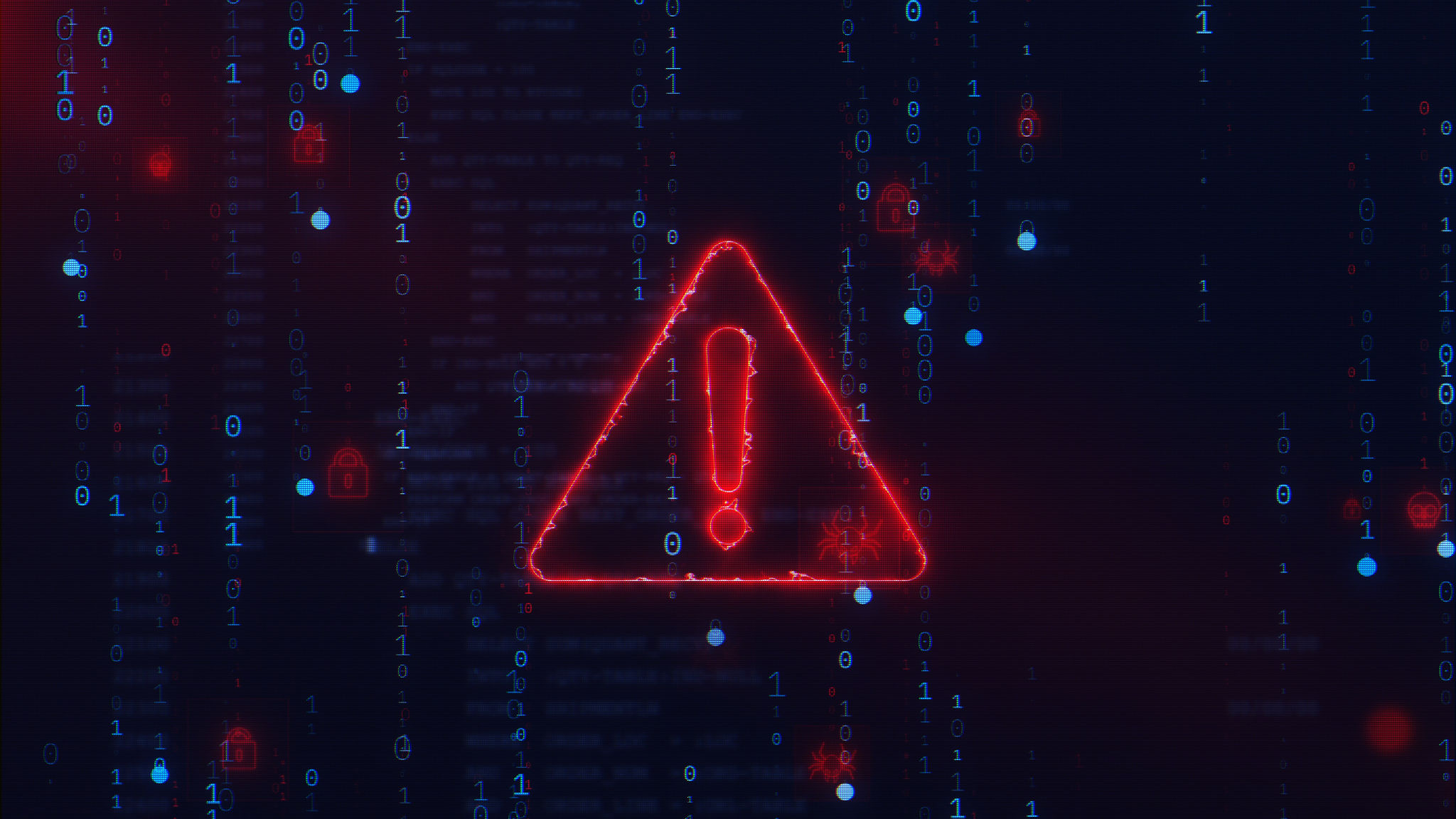Top 5 Cybersecurity Threats and How to Safeguard Your Business
Understanding the Cybersecurity Landscape
In today's digital age, cybersecurity threats are a constant concern for businesses of all sizes. As technology evolves, so do the tactics of cybercriminals. Understanding these threats is the first step in protecting your business from potential attacks. Let's explore the top five cybersecurity threats currently facing businesses and how you can safeguard against them.

1. Phishing Attacks
Phishing attacks are one of the most common cybersecurity threats. Cybercriminals use deceptive emails or websites to trick individuals into providing sensitive information, such as passwords or credit card numbers. These attacks often appear to come from legitimate sources, making them particularly dangerous.
How to Protect Your Business:
- Conduct regular training sessions to educate employees about recognizing phishing attempts.
- Implement robust email filtering systems to detect and block suspicious emails.
- Encourage employees to verify the authenticity of requests for sensitive information.
2. Ransomware
Ransomware is a type of malware that encrypts a victim's files, demanding a ransom for the decryption key. This threat can lead to significant financial losses and disrupt business operations. Small and medium-sized businesses are often targeted due to perceived vulnerabilities.
How to Protect Your Business:
- Regularly back up all critical data and store backups in a secure, offline location.
- Keep all software and systems updated to fix security vulnerabilities.
- Use advanced security software that includes ransomware protection features.

3. Insider Threats
Insider threats occur when individuals within an organization exploit their access to data for malicious purposes. These threats can be difficult to detect, as they come from trusted employees or contractors.
How to Protect Your Business:
- Implement strict access controls and monitor user activity.
- Regularly update and enforce security policies and procedures.
- Foster a security-conscious culture within your organization.
4. Distributed Denial of Service (DDoS) Attacks
DDoS attacks overwhelm a network, service, or website with excessive traffic, causing it to become unavailable. These attacks can be costly, leading to downtime and lost revenue.
How to Protect Your Business:
- Invest in DDoS protection services that can detect and mitigate attacks in real-time.
- Ensure your network infrastructure is robust enough to handle unexpected spikes in traffic.
- Regularly test your systems for vulnerabilities that could be exploited.

5. Advanced Persistent Threats (APTs)
APTs are prolonged and targeted cyberattacks where an intruder gains unauthorized access to a network and remains undetected for a long period. These sophisticated threats are challenging to identify and can cause extensive damage.
How to Protect Your Business:
- Implement multi-layered security measures to detect unusual activities.
- Regularly audit systems and networks for potential breaches.
- Utilize threat intelligence services to stay informed about emerging threats.
The Importance of a Proactive Approach
The key to safeguarding your business from cybersecurity threats is taking a proactive approach. By staying informed about potential risks and implementing comprehensive security measures, you can significantly reduce the likelihood of an attack. Remember, cybersecurity is not just an IT concern—it's a business priority that requires the involvement of every member of your organization.
In conclusion, while the cybersecurity landscape may seem daunting, understanding these threats and taking action can help protect your business from becoming another statistic. Stay vigilant, educate your team, and invest in the necessary tools and strategies to keep your business safe.